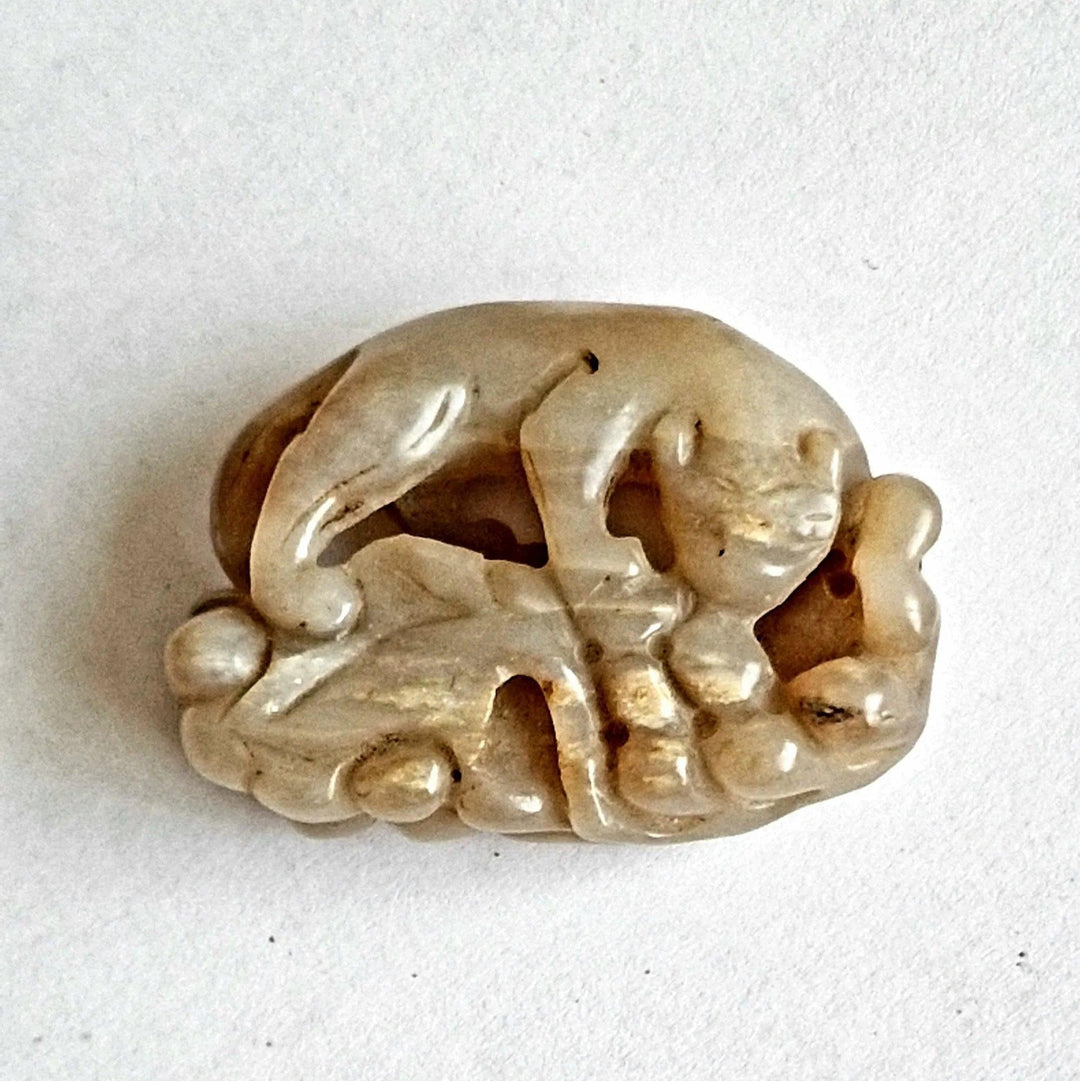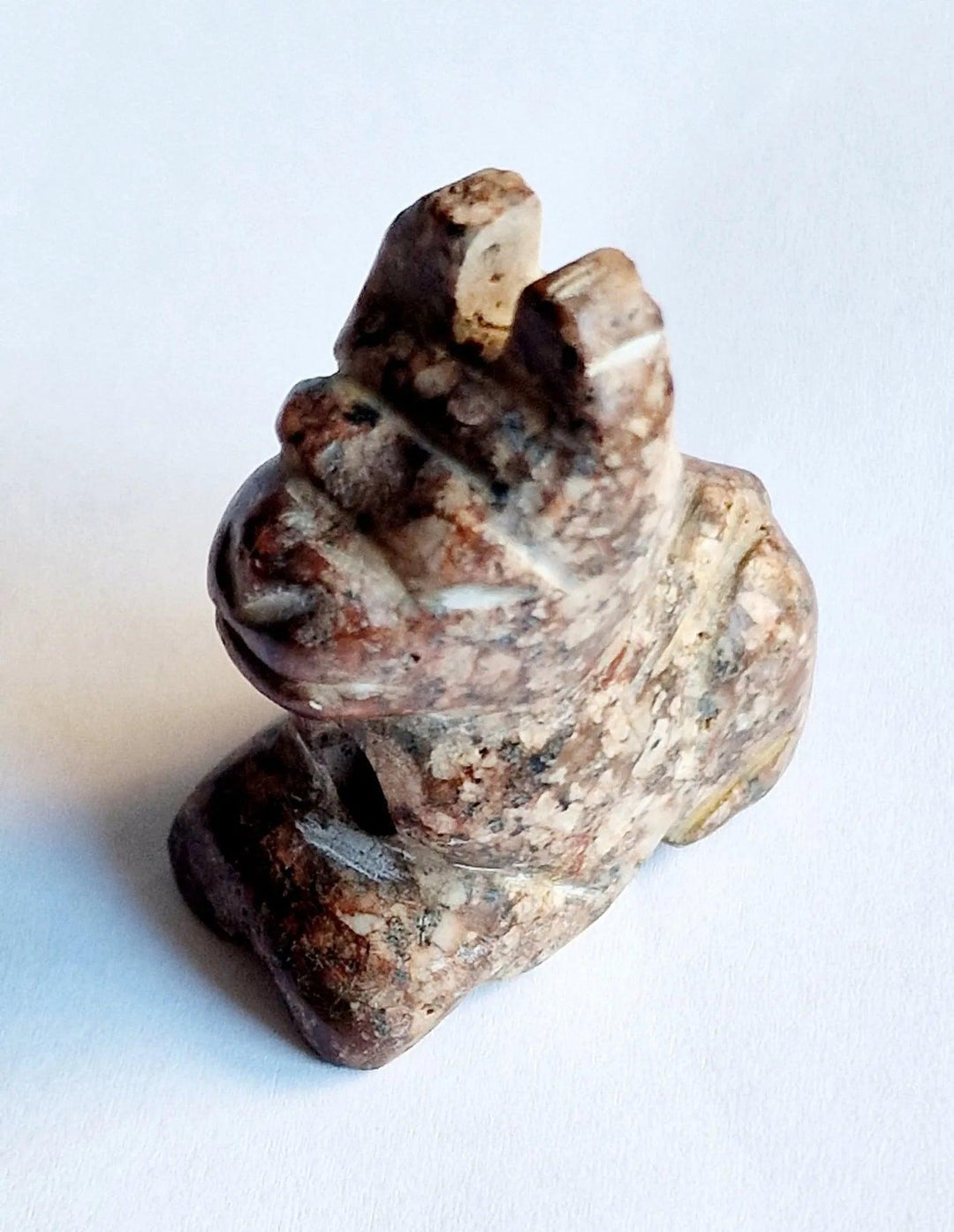
Mongol: Artifacts from the Empire of the Great Khans (1206CE - 1480CE)
Embark on a journey through the Mongol Empire with our collection of authentic artifacts. Experience the legacy of a civilization that once ruled the largest contiguous empire in history, from the steppes of Central Asia to the gates of Europe.
The Mongol Empire - a civilization that emerged from the vast steppes of Central Asia to forge an empire that stretched from the Pacific Ocean to Eastern Europe. Known for their fearsome warriors, intricate craftsmanship, and complex social structures, the Mongols have left an indelible mark on world history.
Key Contributions:
- Military Tactics: The Mongol horse archers and their innovative tactics revolutionized warfare, enabling them to conquer vast territories.
- Trade and Commerce: The Mongols safeguarded the Silk Road, facilitating trade and cultural exchange across Eurasia.
- Legal Code: The Yassa, a legal code established by Genghis Khan, provided a framework for governance and social conduct.
- Cultural Syncretism: The Mongol Empire was a melting pot of various cultures, religions, and artistic traditions, enriching the regions they ruled.
Regions: The Mongol Empire, at its zenith, spanned vast territories:
- Central Asia: The heartland of the Mongol Empire, including Mongolia and parts of modern-day China.
- Persia and the Middle East: Conquered regions that became the Ilkhanate, one of the four major divisions of the empire.
- Russia and Eastern Europe: Territories that fell under the Golden Horde.
- China: The Yuan Dynasty, established by Kublai Khan, was a Mongol-led Chinese dynasty.
Valued Materials: The Mongols, with their nomadic lifestyle and imperial ambitions, valued various materials:
- Iron and Steel: Used for weapons, armor, and tools.
- Silk and Wool: Employed in textiles, garments, and trade.
- Gold and Silver: Used in coinage, jewelry, and as tributes.
- Leather and Felt: Essential for tents, clothing, and horse gear.
Relevant Time Periods: The history of the Mongol Empire is marked by its rapid rise, consolidation, and eventual fragmentation:
- Rise of the Mongols (c. 1206–1227): The period of Genghis Khan, marked by the unification of Mongol tribes and initial conquests.
- Pax Mongolica (c. 1227–1368): A period of relative peace and stability across Eurasia, facilitated by Mongol rule.
- Decline and Fragmentation (c. 1368–1480): The empire broke into various successor states, losing its former cohesion and influence.
Step into our curated collection of Mongol artifacts, each echoing tales of khans, warriors, and artisans. From intricately crafted weapons to ornate jewelry, immerse yourself in the legacy of an empire that changed the course of history.






